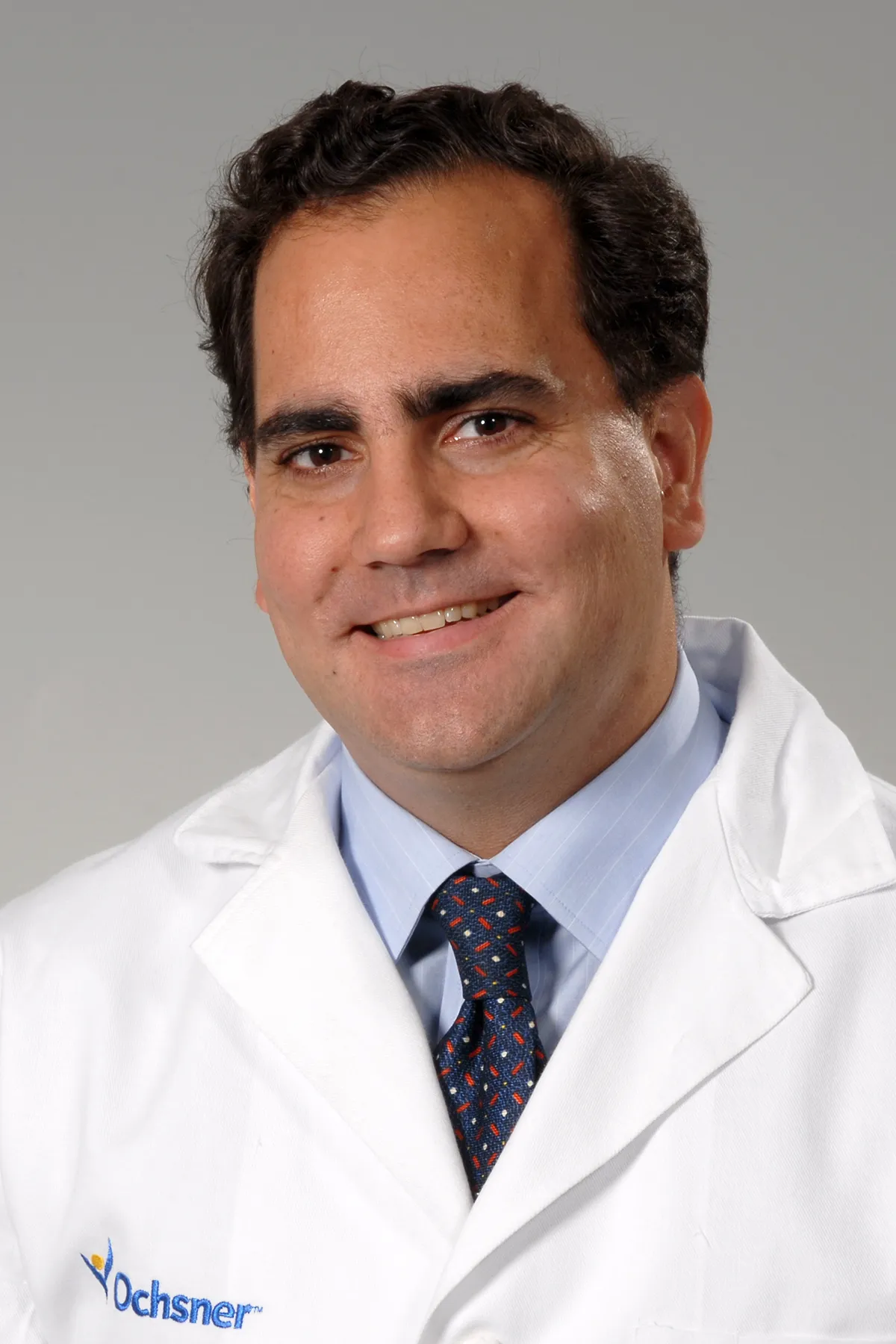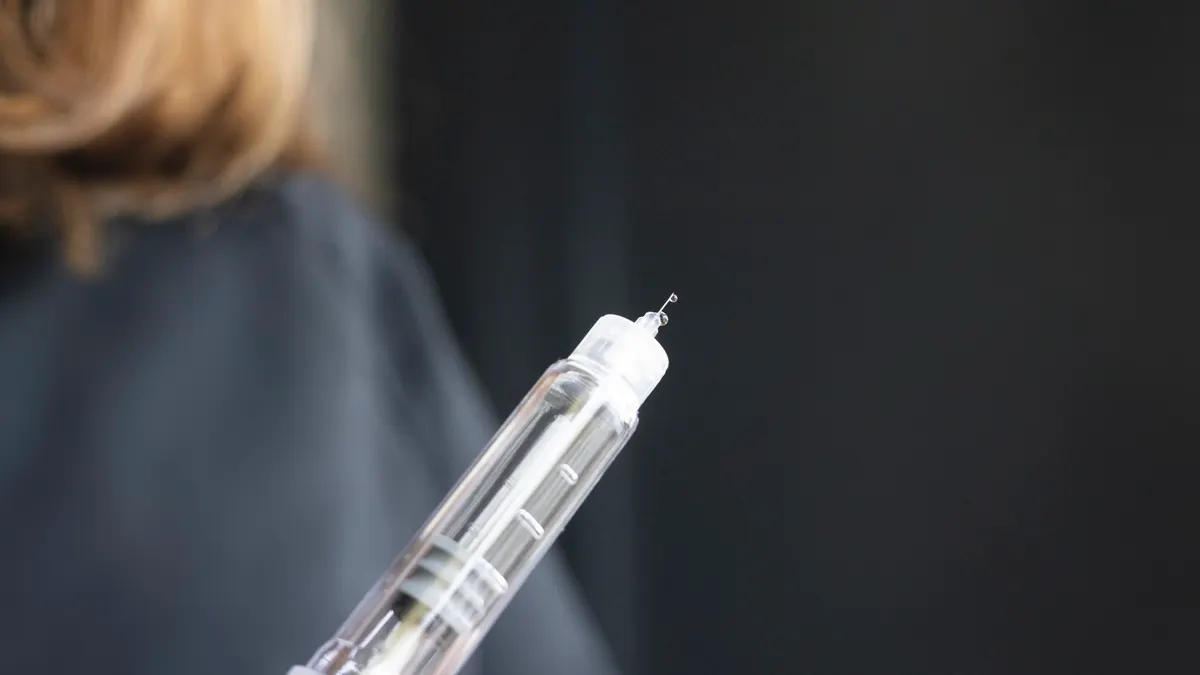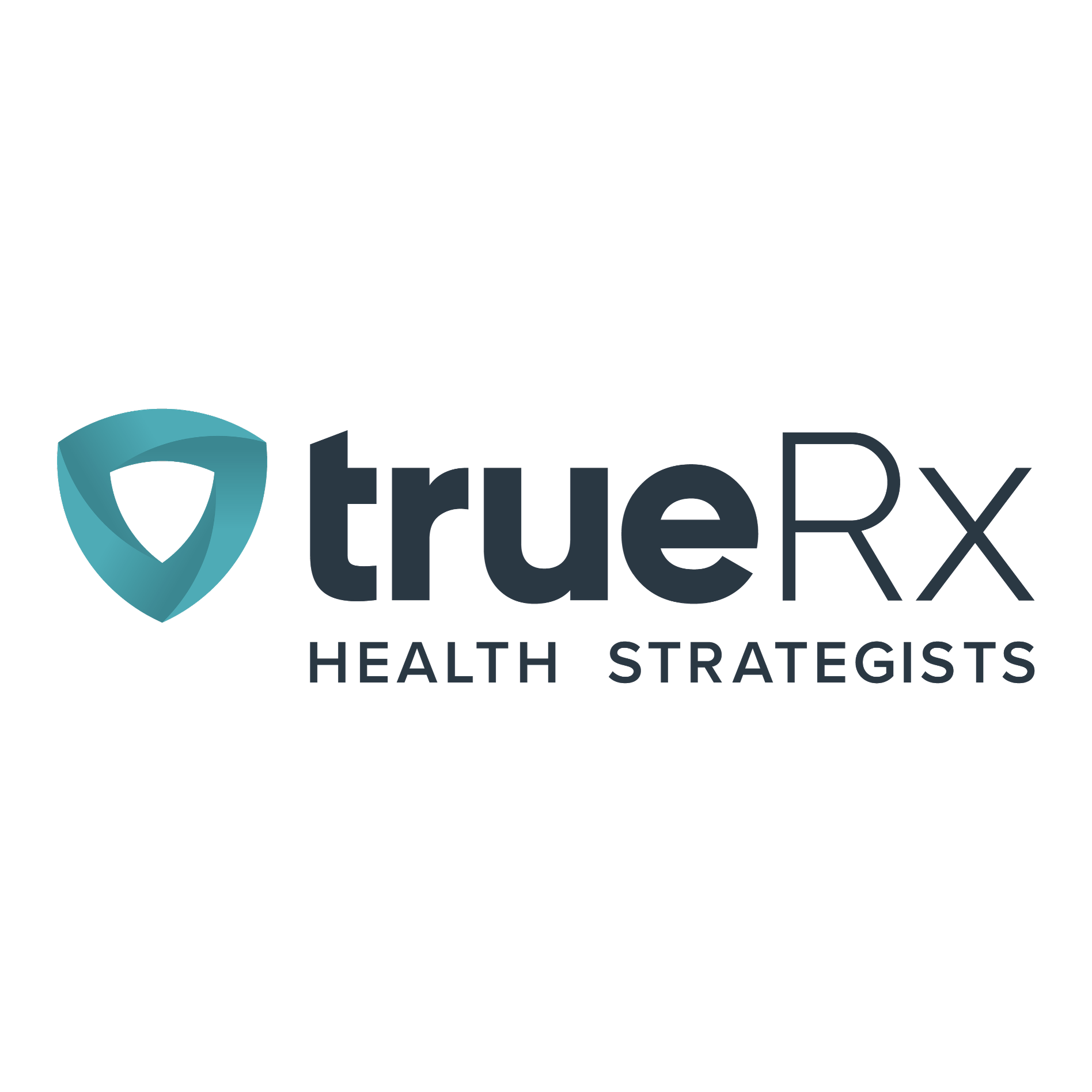Pain relief without toxicity or addiction could become a reality, and South Rampart Pharma’s father-son, surgeons-turned-entrepreneurs duo could hold the key. Dr. Hernan Bazan, CEO and co-founder of the clinical stage pain company, believes it’s on the right track to capitalize not only on a market that is predicted to be valued at $90 billion by 2026, but help the 20% of adults worldwide who suffer from chronic pain.
Bazan, who also serves as an academic vascular surgeon, founded South Rampart with his father, Dr. Nicolas Bazan, director of the Neuroscience Center of Excellence at the School of Medicine, Louisiana State University Health New Orleans. The goal was to developing an alternative to highly addictive opioids without the liver and kidney toxicity currently associated with acetaminophen and other non-steroidal pain medications.
The company’s lead program SRP-001 is currently in a phase 1 study for acute pain to evaluate the safety, tolerability and pharmacokinetics with data expected by second quarter 2023. So far the company states that SRP-001 has “demonstrated both pain and fever reduction without liver toxicity, no high-dose kidney toxicity” and because it is a non-opioid, there is a significant reduction in abuse potential.

South Rampart’s library of compounds includes oral, topical and IV formulations across a range of indications, including diabetic neuropathy, pain associated with chemotherapy, acute post-surgical pain and ocular pain.
“We know there is a large void in the pain space,” Bazan said. “SRP-001 is a new chemical entity that’s a novel non-opioid. It produces something called AM404, which is also how Tylenol works in the brain. But Tylenol is the No. 1 cause of acute fulminant hepatic failure in the U.S. And non-steroidals like ibuprofen or Advil have a large amount of GI, gastrointestinal damage, ulceration, kidney toxicity, nephrotoxicity (and) cardiovascular effects in patients with hypertension or blood pressure issues. And, obviously, the third big issue with opioids is the abuse potential. We have a large NIH grant … which is helping to end addiction long term.”
Despite recent trial fails for other non-opioid painkillers — Acadia Pharmaceuticals’ ACP-044 and Pfizer’s tanezumab for osteoarthritis pain — Bazan remains optimistic about SRP-001 based on the science behind South Rampart’s new chemical entity.
“Historically a lot of pain trials have not done well because the candidates have been too experimental,” Bazan said. “They’re based on novel mechanisms of action that may work in the lab but don’t translate into humans. And as a practicing physician, I totally understand the importance of seeing a clinically validated mechanism of action translate into patient care because this is what I do every day. Many former trials have been based on new MOAs that frankly don’t make sense clinically.”
Here Bazan talks about the inception of South Rampart Pharma, the science behind the company’s pipeline and what the future holds in terms of bringing a potential blockbuster to market.
PHARMAVOICE: What’s the backstory behind the company and the compound?
DR. HERNAN BAZAN: The company is a spin-off from the LSU School of Medicine. And from the university we have the rights to develop a commercialized technology.
The lead asset is a new chemical entity that we did in collaboration with a medicinal chemist from the University of Alcala in Spain. And we did the medicinal chemistry in such a way to avoid the toxicity of the liver or the hepatotoxicity by designing it so that it wouldn’t produce something called NAPQI, which is the toxic metabolite of acetaminophen or Tylenol.
The composition of matter patent was just issued by the USPTO this year on Oct. 4.
How is SRP-001 different from acetaminophen from a safety and toxicity perspective?
What I can share with you is the safety that we were expecting to see in phase 1, we’ve observed. And we have a lot of confidence in the science because similar to acetaminophen, SRP-001 is an AM404 agonist that targets the endocannabinoid pain receptors in the brain, which is a clinically validated mechanism of action. And that’s important because when we go to phase 2 and beyond, we’ll see efficacy and we’ll have clear endpoints that we’ll be able to meet.
The other large part of understanding the lead asset is knowing how safe it is, which is another big differentiator. And it’s safe because we designed it so that it doesn’t produce NAPQI, which is the toxic metabolite. That’s a lot of the innovation.
"Absolutely our strategy is to do this with a group that is also motivated to make significant contributions to the pain space."

Dr. Hernan Bazan
CEO, co-founder, South Rampart Pharma
We also have some single-cell genomics data that we’re gathering to understand the single-cell or molecular signature. The reason this is important is because it helps to further de-risk what we expect to see in terms of efficacy in phase 2.
The other issue is pain is subjective, so when one designs a pain trial, the endpoints have to be well validated. And there are reputable ways to do this, one just has to select those entities quite carefully, which we’ve done.
What’s next in terms of the pipeline?
We have a library of compounds that also have pain relief properties and are not toxic and reduce fever, which are the three criteria that we’ve gone by in selecting our leads. Those have not gone into a phase 1 trial because of the resources involved to do an IND. But those are backup compounds in our library.
Are you prepared to bring SPR-001 all the way through to commercialization or do you feel that you’re going to need a partner?
To do this well we would need a partner, and we fully realize that. Our hope is to be able to drive the science. Beyond that, it will take a tremendous amount of resources and expertise. So absolutely our strategy is to do this with a group that is also motivated to make significant contributions to the pain space.
We’ve had significant interest from the usual players in this space. There are different levels of discussion ongoing with groups that are very interested and we’re optimistic that we’ll be able to find the right partner to continue the development in the future.
Can you even anticipate what the drug could be valued at if you bring it successfully to market? Are we talking billions?
That’s an important question. In May 2021 a report was published by Global Data called “Global Pain Therapeutics Market Overview,” which said the acute pain market in 2019 was valued at $30 billion and in 2026 it’s projected to be $45 billion with a CAGR of plus 5%. Chronic pain in 2020 was $10.9 billion and in 2027 it’s supposed to grow to $18.3 billion. And then there’s neuropathic pain. (That) has the largest growth potential of 12.9% from $10.8 billion to $25.2 billion in 2027. Overall, the current market in pain is $74 billion, and that’s everything — pharma and devices — and it’s projected to be $91.6 billion, a CAGR of 3.8% by 2027.
The opportunity for a new chemical entity that has a markedly safer differentiator in terms of risk profile, of no liver toxicity, is not an NSAID, no cardiovascular issues, no GI damage, with a clinically validated MOA for minor to moderate pain, and an IV formulation for severe acute post-op pain as a separate program, could have a significant impact on that overall number for both acute and chronic pain.





















